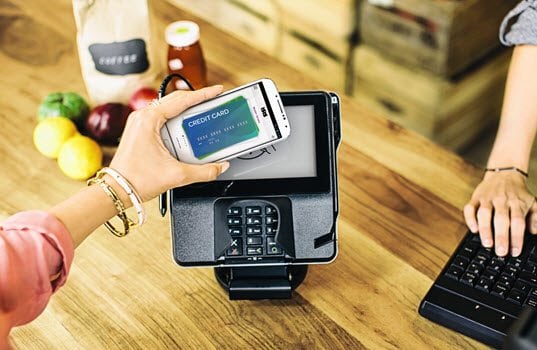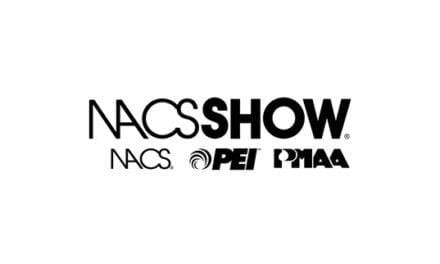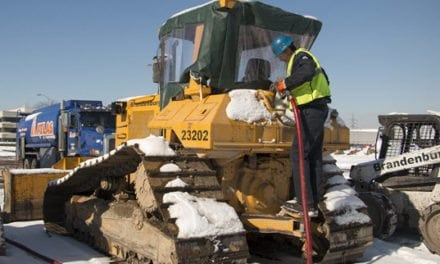By Vladimir Collak, Ignite Media
In 2011, a kid out of Stanford University landed $30 million funding for his mobile payments company called Clinkle. Funding came from the most respected Silicon Valley venture capitalists and firms including Andreessen Horowitz, Intel, Intuit, Peter Thiel (co-founder of PayPal) and others [1]. By all accounts, Clinkle’s investor pitch was very impressive, but a pitch is all they had; there was no product. To this day, after much drama that included departure of key staff members and layoffs, the company has yet to publically launch its service [2]. How was a company with an unproven technology and an inexperienced team able to get funding from so many Silicon Valley luminaries? There is no doubt that the allure of game-changing mobile payments technology played a role.
Mobile payments are said to be one of the hottest technology segments right now. Simply looking at the numbers, according to Capgemini, worldwide mobile payment transaction values were expected to be $235 billion in 2013. That’s up 44% from the previous year. By 2015, that value is expected to climb to approximately $670 billion [3]. The real promise; however, is a potential disruption of a $6.9 trillion industry that represents global payments processed using credit and debit cards [10].
Needless to say, companies that can provide solutions in this area can probably do very well. Take Starbucks for instance. Their mobile payments and loyalty programs have been phenomenally successful. In fact, Starbucks’ mobile payments revenue in 2013 was over $1 billion representing more than 6% of their total sales [4] [5]. By the company’s own account, the value added to their brand and thus to its record breaking financial performance by mobile payments and rewards programs cannot be overstated [5]. One of the reasons these solutions can be so successful with consumers is because they combine both payments and loyalty programs in one easy to use app.
By leveraging these technologies, consumers can often collect and redeem points for their purchases in addition to discovering new offers. In turn, retailers gain a better understanding of their customers’ buying habits. While much of this was previously possible without smartphones, mobile payments can offer a more seamless, contextual and essentially “magical” experience.
An example of such “magical” experience is the new Open Table app. The app, which was previously only used for restaurant reservations, can now (in select locations) allow consumers to leave a tip and pay for a meal without ever calling for the bill. Think about it. How often have you found yourself impatiently waiting for a bill after your dinner?
The vision behind mobile payments does not just stop with restaurants and smartphones either. Imagine your car alerting you when you’re low on fuel and offering a list of closest fueling stations. When you arrive at the station, your car recognizes a specific pump you parked next to and allows you to authorize payment with one simple tap. All you do is lift the nozzle, fill up, drive off and the transaction will automatically be settled. While this vision may not be a reality today, it will certainly be in the near future.
Technologies that will make these experiences possible are already in existence and being tested and deployed today. For now we are simply early in the adoption and maturity cycles and widespread use will take some time. It took the magnetic stripe credit card four decades to get to current adoption. This is partly because much of the infrastructure required for any kind of payment system needs strong network effects. In other words, when more people adopt a technology, the more useful it becomes and more people will use.
That’s one of the challenges solutions like Google Wallet face. The app allows consumers to use their phones to pay at retail locations. Unfortunately to use it, the phone must have a special (NFC) chip and the retail location must have a contactless reader. Because only some Android phones have the chip and Apple’s iPhone does not ship with it at all, the technology use is essentially non-existent. In fact, some people proclaim that NFC is dead because it’s unclear whether Apple will ever add this technology to its phone. As a result, countless alternative solutions for mobile payments have been developed over time.
One example is the app from LevelUp that allows retailers to scan a barcode code shown on the app. The barcode represents consumer’s unique account number and lets the retailer settle the transaction with LevelUp systems in the back-end. A barcode scan is precisely the approach Starbucks’ app is taking. Alternatively, VeriFone has a technology, which uses sound that is undetectable by human ear to transmit money from a smartphone to a payment terminal, thus eliminating the need for radio frequency technology such as NFC altogether [9]. Other businesses have developed their own versions of mobile payment applications specific to their use cases. For instance, companies like Uber and Lyft, which aim to replace traditional taxicabs simply charge for their fare at the end of the trip based on traveled distance supplied by the driver’s phone GPS.
Even though retail, restaurants, and taxi alternatives are the most cited use cases for mobile payments, they are not the only ones using these technologies. In fact, just about every industry that sells to consumers is currently building or testing mobile payments. For instance, Cumberland Farms, a popular convenience-store retailer is using their app to let consumers pay for gas and in the process allowing them to save 10¢ gallon, as well as to collect loyalty points [7]. Similarly, Gilbarco Veeder-Root reportedly plans to develop a mobile payment solution based on Bluetooth beacons. According to Parker Bruke, director of marketing for Gilbarco, this technology will drastically reduce the number of steps that need to be performed before fueling begins, thereby creating a more seamless experience at the pump [8]. That’s because Bluetooth beacons such as the Apple iBeacon can detect consumer presence not only at the gas station, but also in front of a pump.
While it’s clear that mobile payment technologies are in their infancy, while there is a lack of standards and clear winners have yet to emerge, it’s also clear that this new breed of technologies will eventually make inroads with consumers. For now it may still be easier to simply swipe a credit card, but companies like Starbucks have shown that if mobile payment systems provide a seamless experience coupled with loyalty programs, consumers will use them. Ultimately, it will come down to the ease of use and the benefit for consumers. Once someone perfects that formula, the world of mobile payments will change forever.
 Vladimir Collak currently serves as president and CEO of Ignite Media. Ignite builds mobile and web solutions primarily for the Oil & Gas industry that includes clients such as Mansfield Oil, Enbridge, Total Safety, Universal Plant Services and others. Prior to Ignite he served at FuelQuest as manager of research and development and at Xerox Connect as principal consultant providing technology solutions to clients including Continental Airlines, and Equifax. Vladimir holds a Bachelor of Science degree in Information Technology. He also holds an MBA degree from the University of Texas at Tyler. He can be found on his blog at www.collak.net and at [email protected]
Vladimir Collak currently serves as president and CEO of Ignite Media. Ignite builds mobile and web solutions primarily for the Oil & Gas industry that includes clients such as Mansfield Oil, Enbridge, Total Safety, Universal Plant Services and others. Prior to Ignite he served at FuelQuest as manager of research and development and at Xerox Connect as principal consultant providing technology solutions to clients including Continental Airlines, and Equifax. Vladimir holds a Bachelor of Science degree in Information Technology. He also holds an MBA degree from the University of Texas at Tyler. He can be found on his blog at www.collak.net and at [email protected]
References
1. http://bits.blogs.nytimes.com/2013/06/27/silicon-valley-luminaries-bet-on-clinkle-a-payments-start-up/?_php=true&_type=blogs&_r=0
2. http://www.businessinsider.com/inside-story-of-clinkle-2014-4
3. http://news.starbucks.com/uploads/documents/Starbucks_Fiscal_2013_Annual_Report_-_FINAL.PDF
4. http://www.businessinsider.com/mobile-payments-at-starbucks-explode-in-2013-passing-the-1-billion-mark-2-2014-1#ixzz39HUdKN00
5. http://news.starbucks.com/uploads/documents/Starbucks_Fiscal_2013_Annual_Report_-_FINAL.PDF
6. http://pay.opentable.com/
7. https://itunes.apple.com/us/app/cumberland-farms-smartpay/id509328660?mt=8
8. http://c-storeadvisor.gilbarco.com/2014/02/payments-source-article-about-mobile-pay-beacons-at-gas-stations/#more-784
9. http://www.verifone.com/industries/taxi/way2ride/
10. http://www.businessinsider.com/mobile-will-shape-commerce-and-payments-2013-10
11. http://www.creditcards.com/credit-card-news/history-credit-card-magnetic-stripe-1273.php









